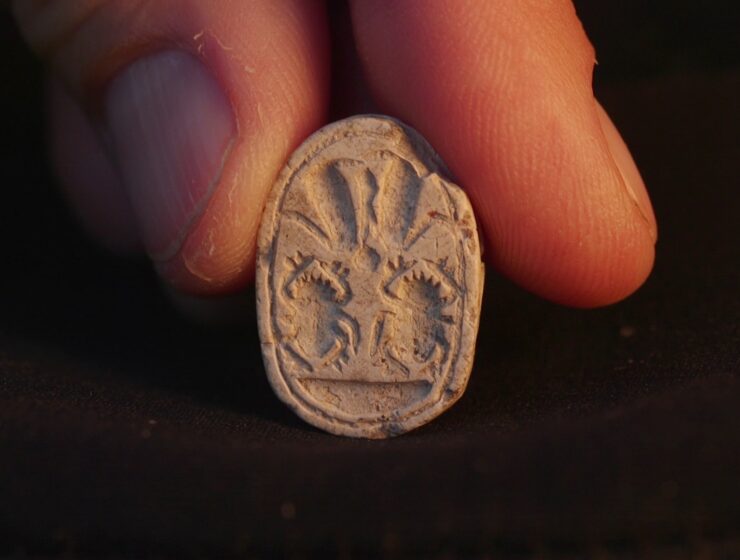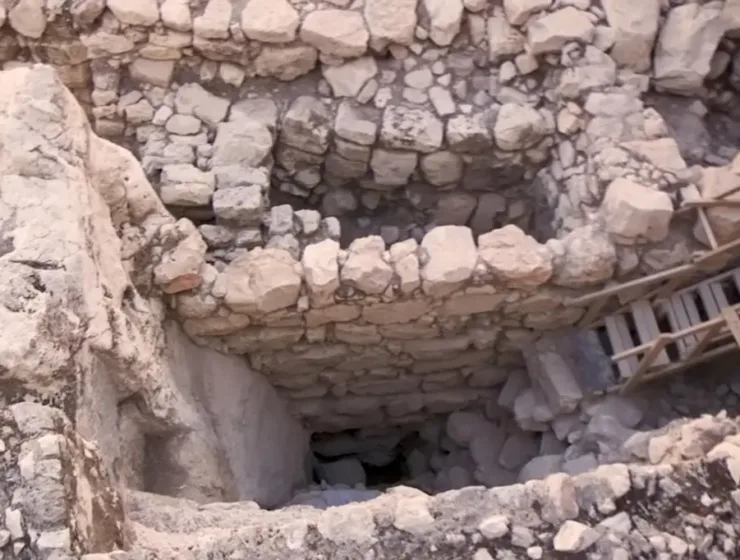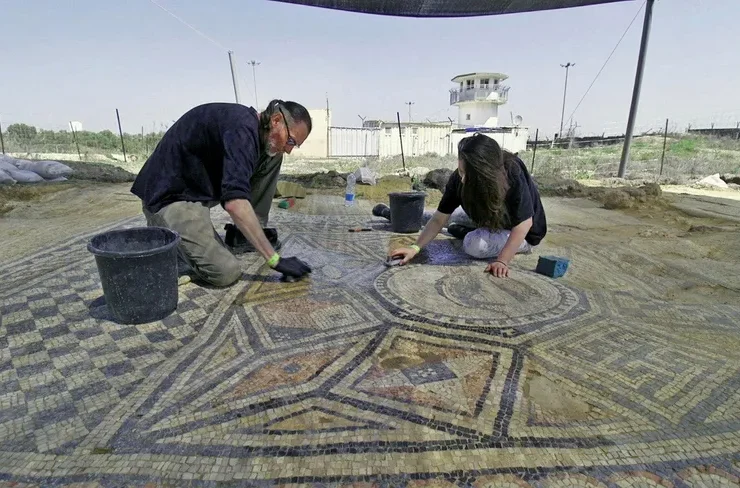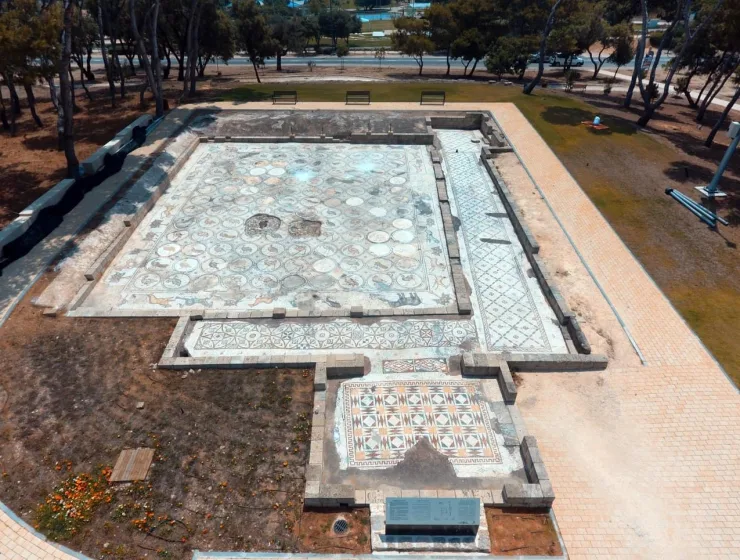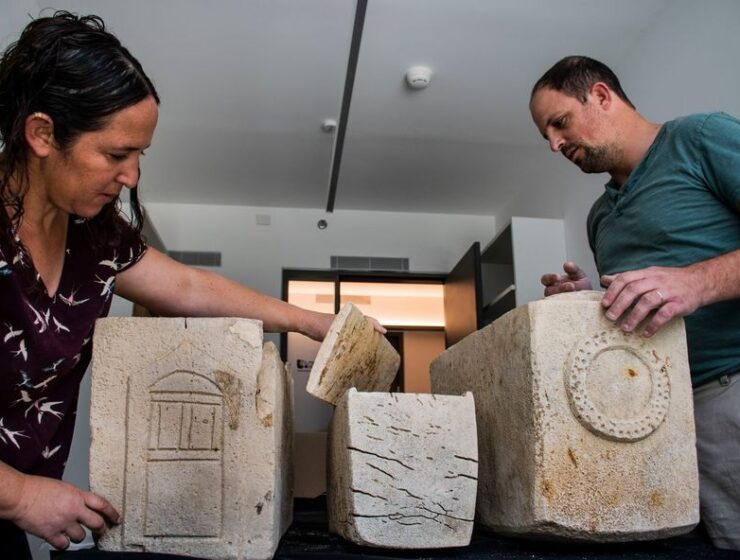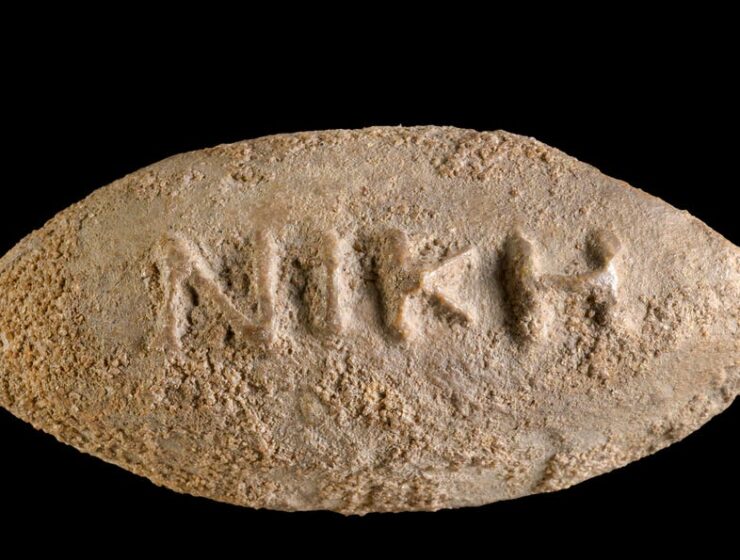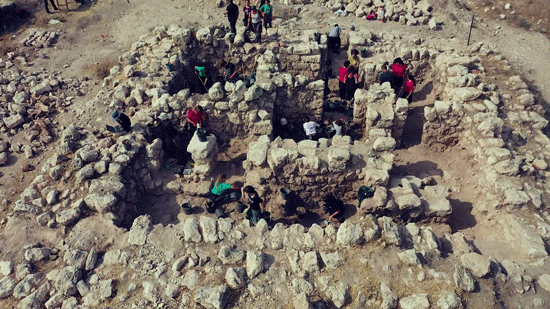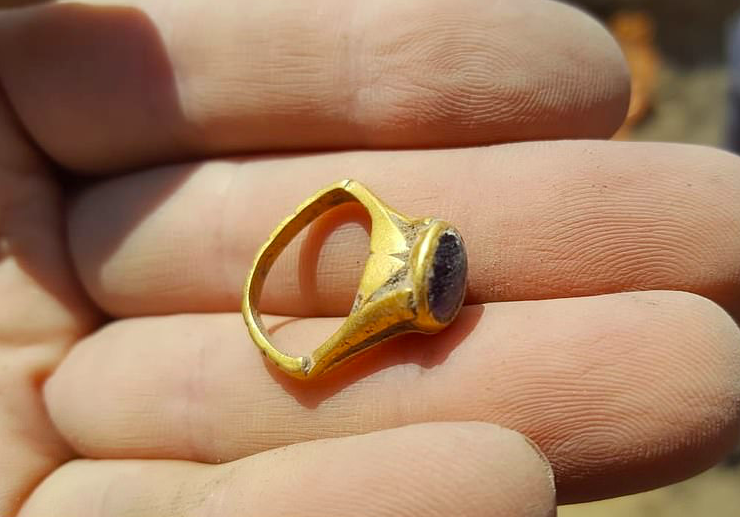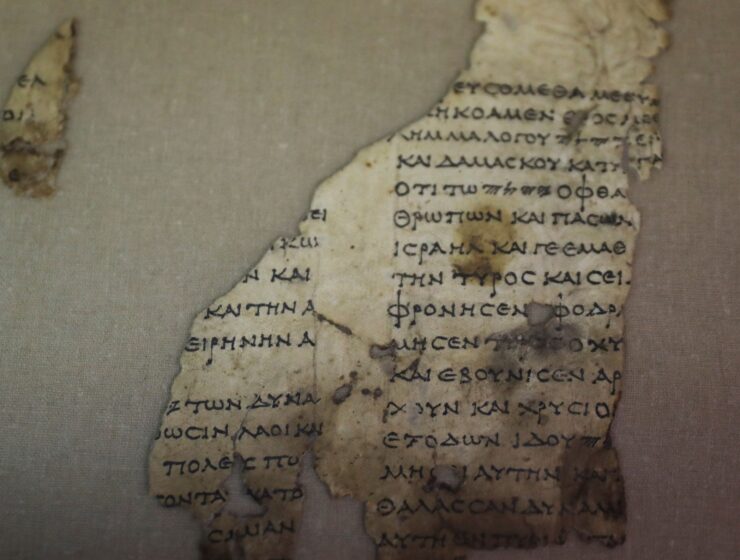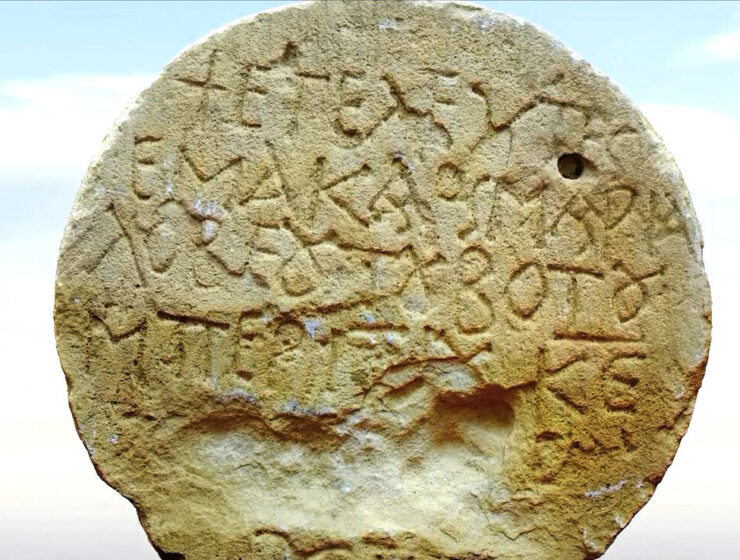While hiking with her family near Tel Azekah, three-year-old Ziv Nitzan picked up a small stone that caught her eye. Her sisters soon noticed its scarab shape, uncovering a 3,800-year-old Canaanite seal from a site tied to the biblical account of David’s battle with Goliath.
Tag: Israel Antiquities Authority
A nearly 2,000-year-old Greek papyrus uncovered in the Judean Desert has revealed a fascinating corruption trial in the Roman Empire, shedding new light on legal practices and Jewish history. The document, the longest of its kind found in the region, details a criminal case involving two men, Gadalias and Saulos, accused of sophisticated tax fraud, including forged slave sales to evade Roman taxes. Discovered in 2014 by Professor Hannah Cotton-Paltiel, the papyrus offers a rare glimpse into Roman judicial proceedings on the eve of the Bar Kokhba revolt, providing valuable insight into the complexities of Roman law in the provinces.
A 1,500-year-old Byzantine-era monastery has been discovered in southern Israel, featuring a remarkable mosaic with an ancient Greek inscription from the Book of Deuteronomy. Uncovered near Kiryat Gat, the site reveals the region’s rich historical significance and includes vibrant images and structures dating back to the Roman and Byzantine periods.
Two nearly 2,000-year-old tombs with magnificent wall paintings will be open to the public for the first time in southern Israel after a painstaking conservation process, the Israel Antiquities Authority announced on Tuesday.
The discovery of a rare 3rd-century mosaic in Israel’s Megiddo Prison in 2005 has sparked a debate about its future. Now, the mosaic, believed to be part of one of the earliest Christian prayer houses, will journey to the Museum of the Bible in Washington, D.C. for a three-month exhibition before returning to Israel for permanent display.
Archaeologists in Israel have made a monumental discovery: a 3,000-year-old moat hidden beneath a Jerusalem parking lot. The man-made trench, once believed to divide the ancient city, offers new insights into Jerusalem’s biblical history.
A remarkable archaeological find occurred when 13-year-old Yair Whitestone stumbled upon an ancient ring while hiking with his father on Mount Khirbet Shalala, near Haifa, Israel. Experts determined that the ring, which dates back nearly 2000 years, features a depiction of the Greek goddess Athena
An energy survey discovered the oldest and deepest Mediterranean shipwreck, containing 3,300-year-old amphorae, 56 miles off Israel’s coast. This find challenges previous ideas about ancient navigation and will be displayed in Jerusalem.
In a significant cultural exchange, Israel has decided to loan the Megiddo Mosaic, an ancient…
In Caesarea, a coastal city in Israel known for its rich historical and archaeological significance, a remarkable discovery was unearthed, revealing a stunning mosaic depicting birds and animals and the only sigma-shaped glass-gold table of its kind ever found in the world, shedding light on the opulent lifestyle of Byzantine Caesarea.
Three 1850-year-old stone ossuaries were retrieved to prevent antiquity looting near Kafr Kanna in Galilee,…
The inscriptions were part of psychological warfare… to terrorize the opponent and unite the warriors’…
A Hellenistic ( Greek ) fortified structure destroyed and burned by Hasmoneans during the Maccabean…
A 1,400 year old amethyst ring found by archeologists was most probably worn by a wealthy wine taster in an attempt to ward off a hangover – a myth that originated in Greece and was widely shared in the ancient world.
1
2
3
4
5
6
7
8
9
10
In a stunningly rare discovery, dozens of 2,000-year-old biblical scroll fragments have been excavated from Judean Desert caves during a daring rescue operation. Most of the newly discovered scroll fragments — the first such finds in 60 years — are Greek translations of the books of Zechariah and Nahum from the Book of the Twelve Minor Prophets, and are written in two scribal hands. Only the name of God is written in Hebrew in the texts.
The inscription was deciphered by Dr. Leah Di Segni of the Hebrew University in Jerusalem, and it refers to “Blessed Maria, who lived an immaculate life” and died on February 9th. The stone dates from the late sixth–early seventh centuries CE.

